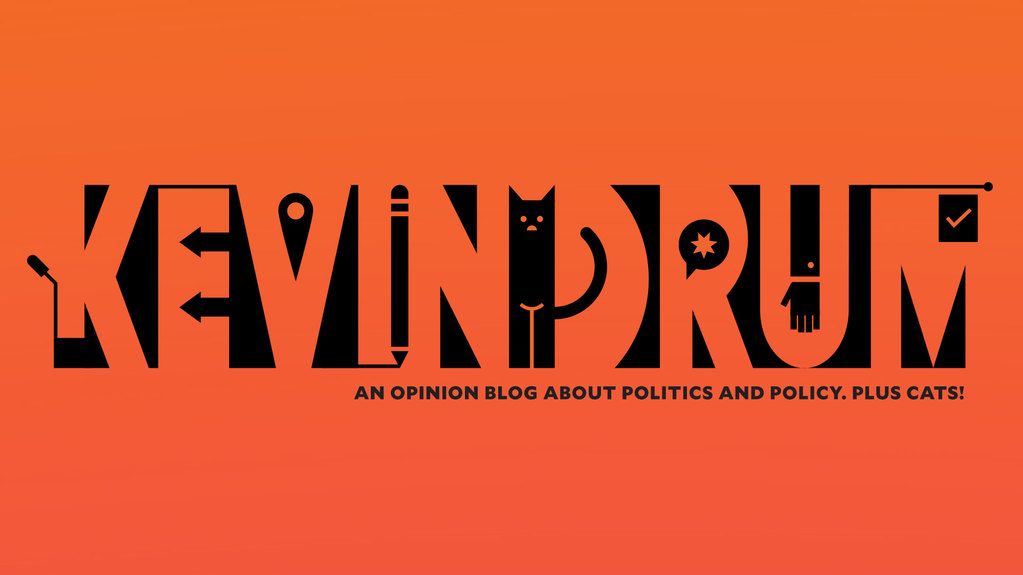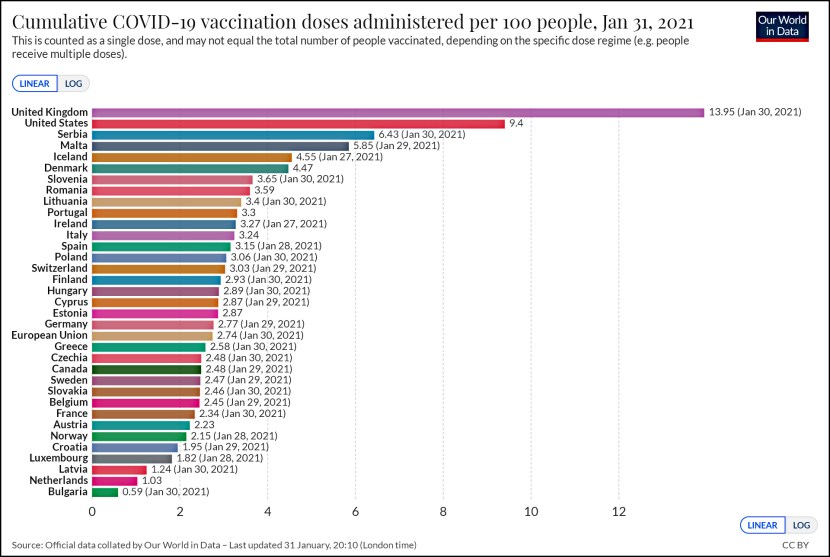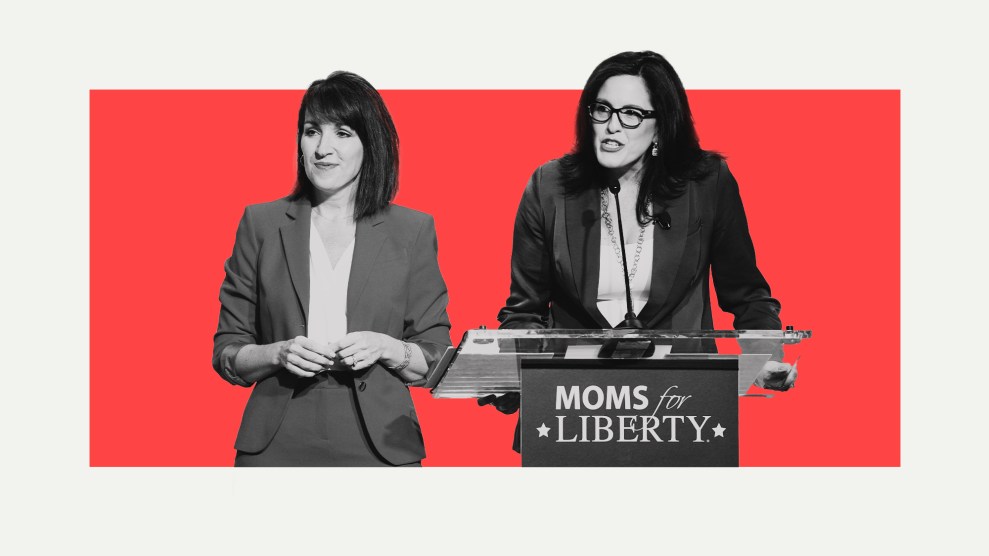Really, you just can’t blog enough about the Basel Accords on international banking capital standards, can you? As you recall, we’re now up to Basel III (numbered like popes and Super Bowls), what with Basel II not looking so healthy after the 2008 financial crisis, and the question is whether Basel III is really going to tighten things up on the bank capital front. The answer, apparently is yes: Die Zeit reports not only that the basic (“Tier 1”) capital requirement is going up from 4% to 6%, but a couple of other requirements are being layered on top of that as well. This is good news, but the problem is that defining capital is legendarily tricky, and banks will probably respond to the new rules by including all manner of dodgy-looking assets as part of their Tier 1 capital. Felix Salmon takes it from there:
Ah, you say, but can’t they just be clever with definitions, including all manner of dodgy-looking assets as part of their Tier 1 capital? Well, yes. So there’s a parallel set of requirements for what they’re calling Core Tier 1: essentially, pure equity. That has a minimum of 5%, plus a conservation buffer of 2.5%, plus a countercyclical capital buffer of another 2.5%.
This would be a genuine improvement if it survives the final negotiation process, which will include furious lobbying from the international financial community. And it’s almost exactly what I was arguing in favor of a few months ago. So cross your fingers and hope that the gnomes of Basel stick to their guns and make it happen. If we can agree on a simpler definition of capital (and, hopefully, a simpler definition of assets to go along with it), the banking system will be safer than it was before. Not perfect, but better. And right now, better is good news indeed.

















